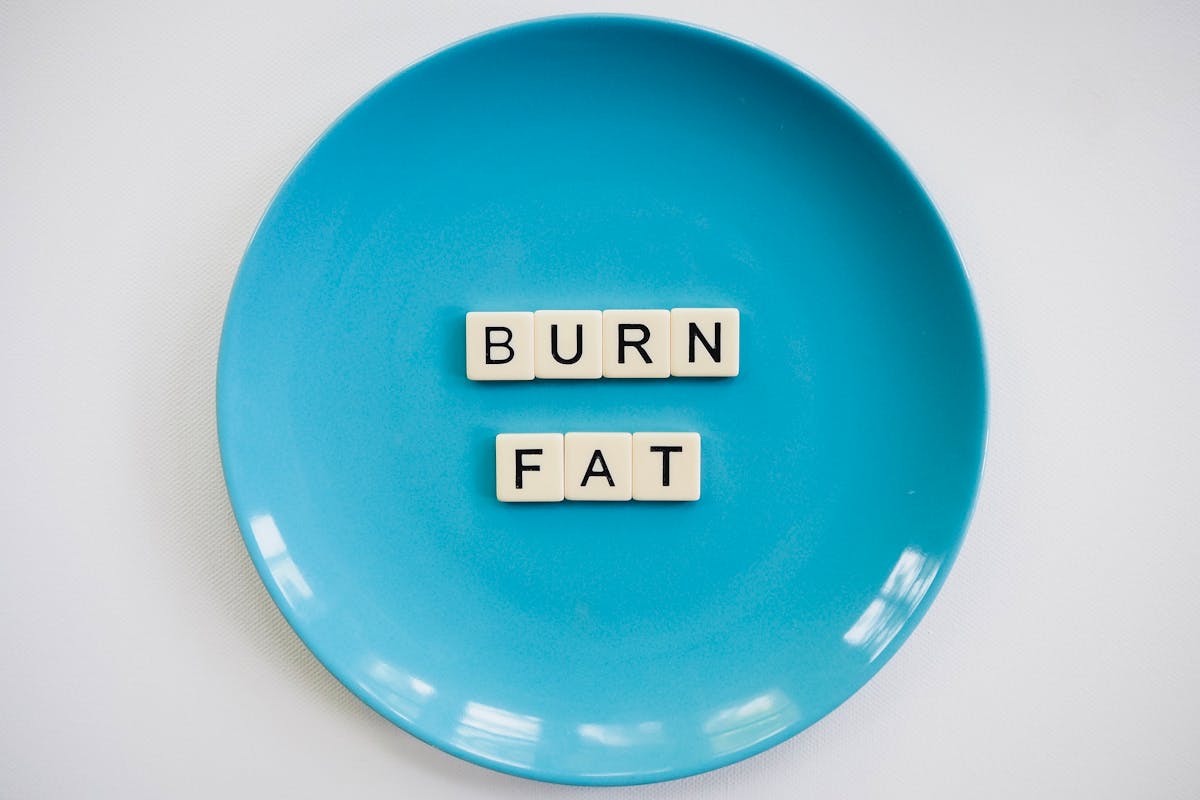
What the Keto Diet Can Do and How It Works
Social media is full of recommendations for various types of diets, but a few remain consistently popular. One of these is the keto diet, or low-carb diet. But as scientists begin to understand how this diet works, more is being revealed about its risks.
The low-carbohydrate, high-fat diet first became popular in the 1920s as a treatment for epilepsy. While it is still used today for epilepsy and now also type 2 diabetes, it has also become widely adopted as a method for weight loss, reports rts.rs.
Dr. Javier Gonzalez, a professor at the University of Bath and a nutrition specialist, has studied the benefits and risks of the keto diet.
What is Eaten on the Keto Diet
The ketogenic diet is a version of a low-carb diet, and as Prof. Gonzalez explains in an interview with The Guardian, breakfast might consist of a cheese omelet. Lunch could be salmon and vegetables—but low-carb vegetables, meaning non-starchy ones—and something similar for dinner. Some type of fatty meat and low-starch vegetables—leafy greens, not carrots or potatoes.
Even vegetarians can follow the ketogenic diet, although it’s a bit more complicated. Their diet would mainly include foods like avocados and nuts. But as the professor notes, the keto diet can be quite a strain on the household budget due to the required foods.
The Secret Behind the Ketogenic Diet
This type of nutrition clearly helps people with epilepsy, indicating a specific effect of the ketogenic diet.
"So, when we reduce carbohydrate intake to very low levels, our body starts to burn fat as fuel. And when the liver is exposed to large amounts of fatty acids, it will convert some of those fatty acids into things called ketone bodies. When we see high levels of ketone bodies in the blood produced by the liver, we are technically in ketosis, and that’s where the ketogenic diet gets its name. These ketone bodies can be used as fuel by muscles, but also the brain. And that might be one way they influence the risk of seizures during epilepsy," explains Prof. Gonzalez.
But these ketone bodies also have a wide range of other effects as signaling molecules, not just as fuel, the professor adds. We likely evolved to produce them during periods of fasting to continue generating energy.
If you're hungry or fasting, one issue is that the brain lacks fuel, as it primarily uses glucose and lactate, which are carbohydrate-like molecules. The brain cannot use fat as fuel. The advantage of ketone bodies is that they provide an alternative fuel for the brain when carbohydrate intake is restricted.
Do Other Low-Carb Diets Trigger Ketosis?
Other types of low-carb diets, such as the Atkins or paleo diet, also restrict carbohydrate intake to some extent but differ in other ways from the ketogenic diet.
"If we take the Atkins diet as an example, it might be low in carbohydrates but relatively high in protein. And protein can prevent ketosis. Because when we eat protein, we get an insulin response. And that reduces the amount of fat circulating in the bloodstream, lowering the amount available to the liver to convert into ketone bodies," notes Dr. Gonzalez.
Keto Diet and Weight Loss
There’s plenty of evidence that, on average, the ketogenic diet leads to weight loss. On average, it doesn't seem necessarily more effective than other approaches, but many claim to have lost a significant amount of weight with this eating method.
"Several things can happen with the keto diet. Someone might experience a change in energy expenditure and feel like they’re eating more food but still losing weight. There isn’t enough reliable evidence for any changes in energy expenditure on a ketogenic diet, but the weight loss seems more related to consuming fewer calories," says the professor.
Weight loss might also result from hormonal changes associated with this type of nutrition. But perhaps the explanation is even simpler—restricting any major nutrient leads to limited food choices, which in turn helps people maintain a lower overall calorie intake.
One must also consider psychological effects since food on the keto diet is not typical, and people may feel like they aren’t dieting at all, and although they eat a lot, they actually consume fewer calories.
The motivational factor also plays a role, Prof. Gonzalez notes, because one of the first things that happens in the initial days of a ketogenic diet is rapid weight loss.
"And that’s not actually fat mass being lost. It’s mainly glycogen, the stored form of carbohydrates. And also, a lot of water is lost quickly since glycogen is stored with water. So even though it might not be true fat loss, just seeing the number go down on the scale can be a motivational factor, helping people stick with it longer and eventually see real fat loss."
Side Effects of the Keto Diet
Professor Gonzalez says there are some side effects—or at least risks or potential risks—that people should be aware of. One of the clearest is that many people experience a significant increase in LDL, or low-density lipoprotein cholesterol, often referred to as “bad cholesterol,” which is believed to cause atherosclerosis, leading to heart disease.
Professor Gonzalez and his team recently conducted a study on some of the health effects of the ketogenic diet. Study participants were divided into three groups. One group followed the keto diet, another continued with a fairly normal diet, and a third followed a diet high in total carbohydrates but with limited sugar intake. Participants followed these diets for 12 weeks.
"And what we found was that the ketogenic diet led to weight loss. But some of the effects included increased LDL cholesterol, certain changes in gut microbiota, and changes in how participants responded to carbohydrates—they weren’t able to regulate blood sugar as effectively after the ketogenic diet," notes Gonzalez.
However, the professor notes, this was likely a short-term effect, and blood sugar regulation would probably normalize fairly quickly once carbohydrates are reintroduced into the diet—though this should be further examined.





